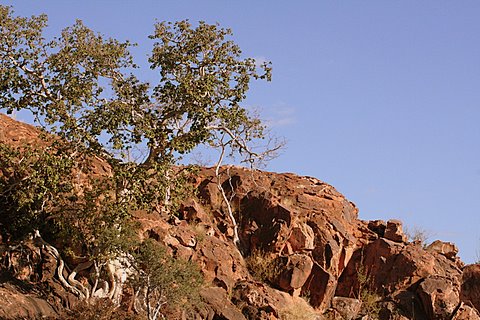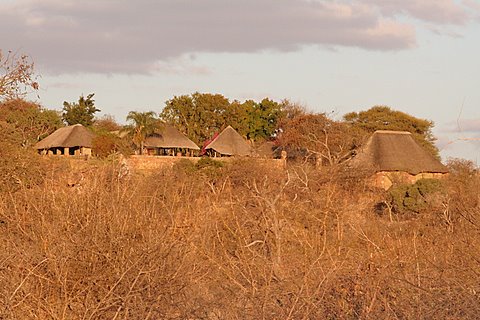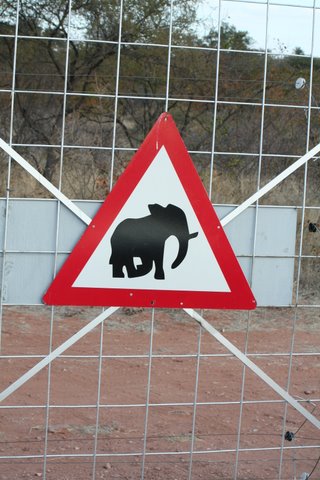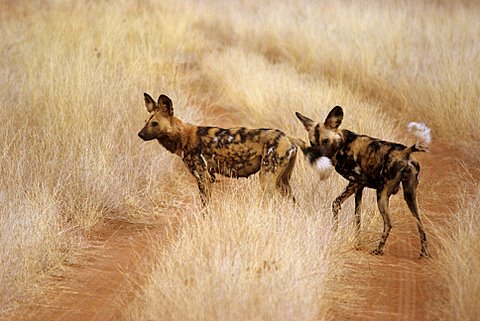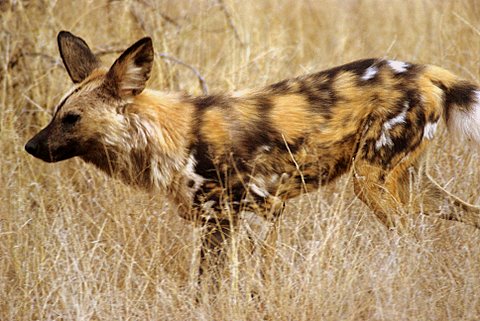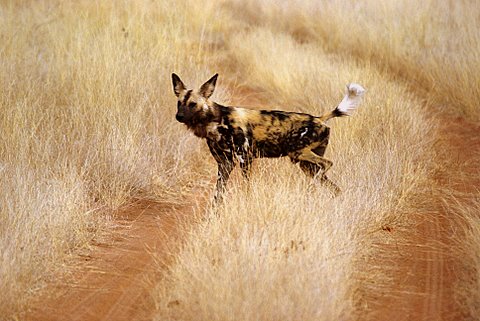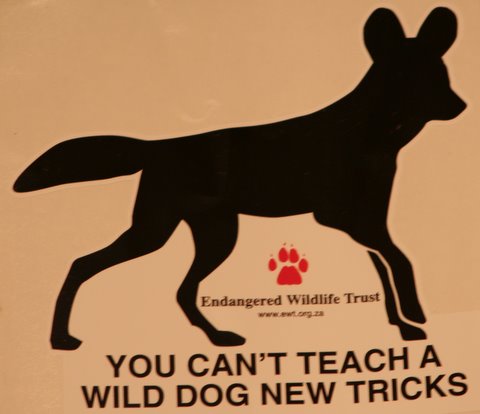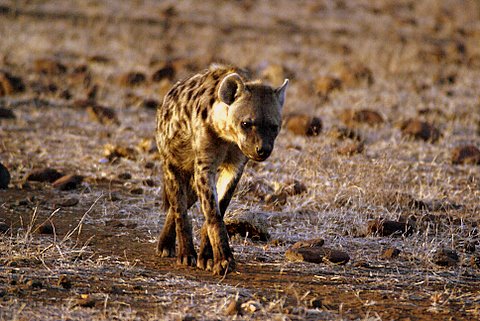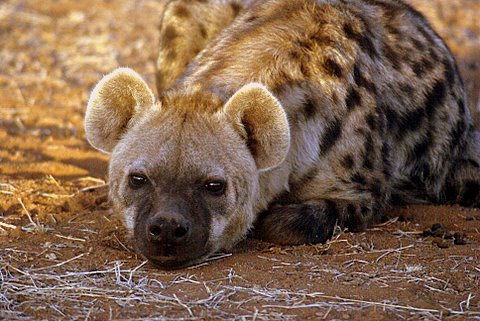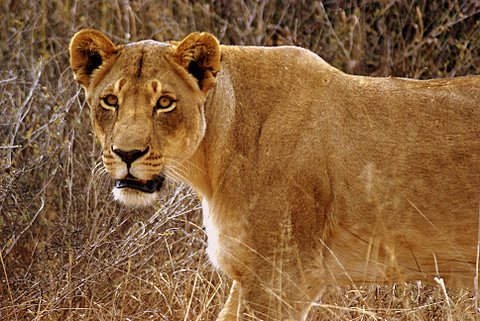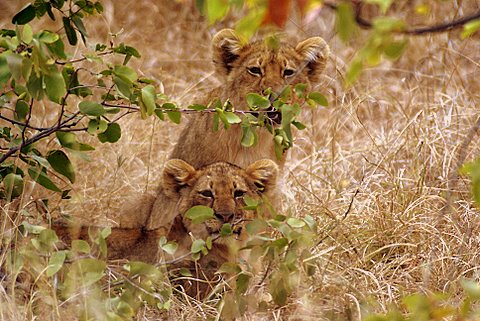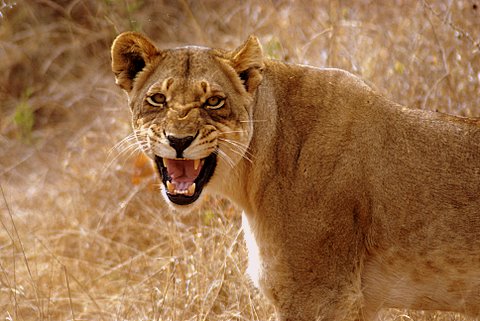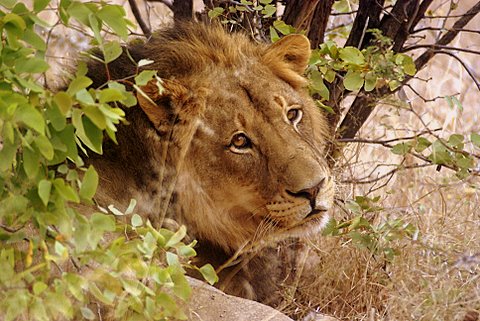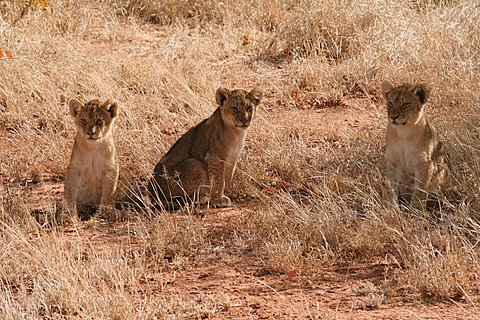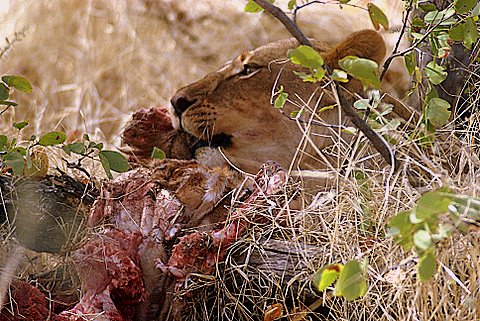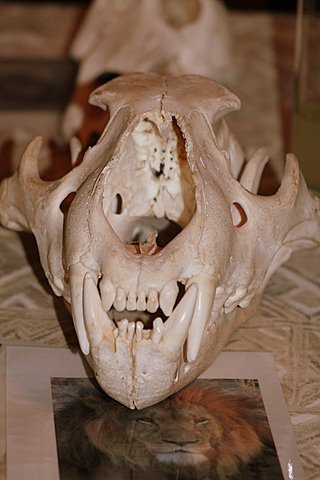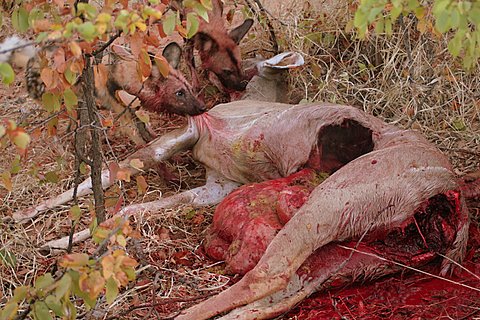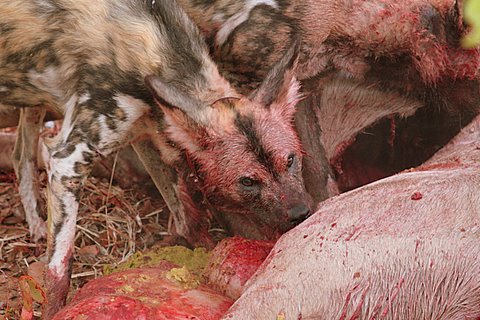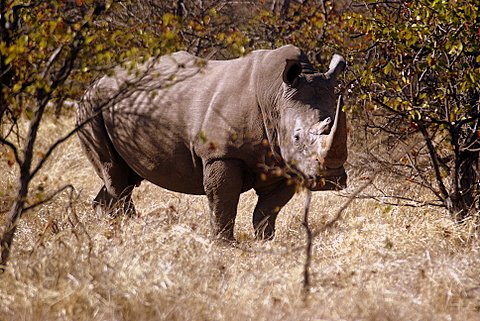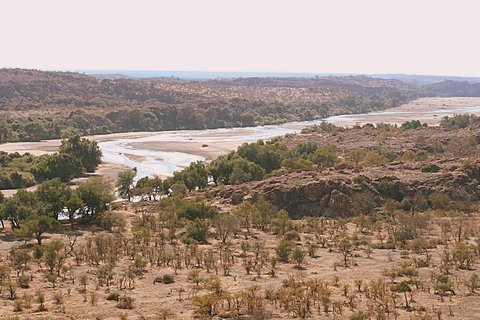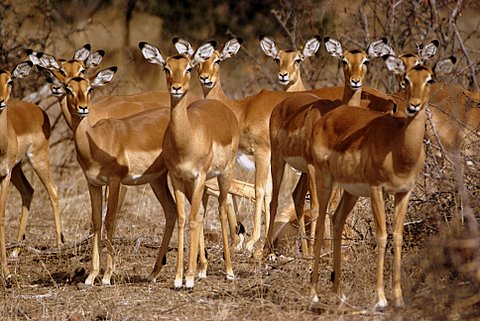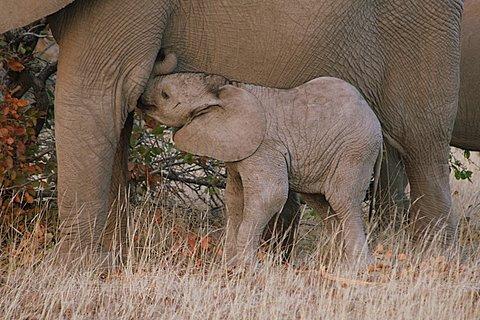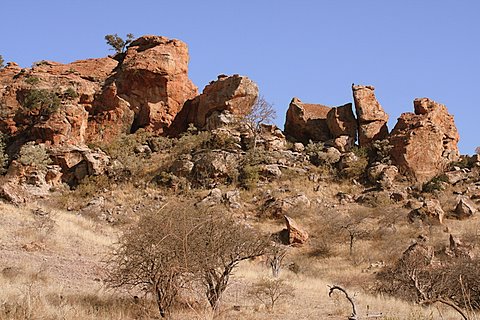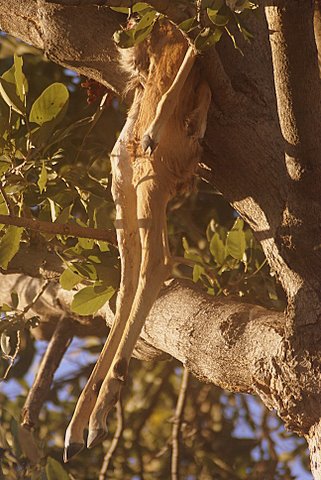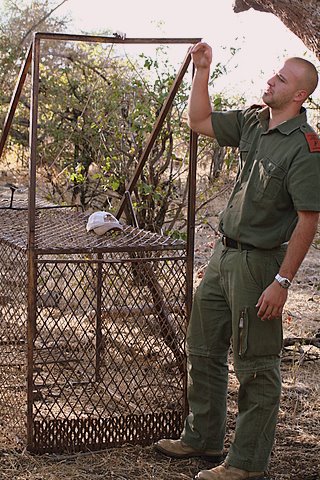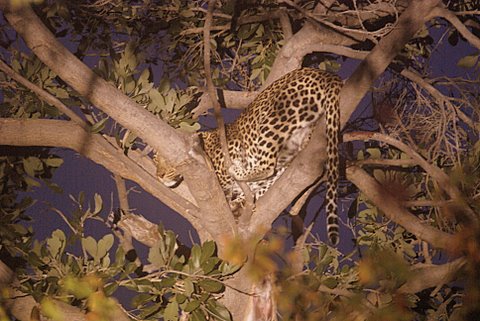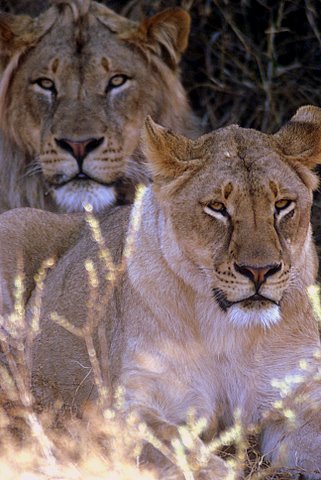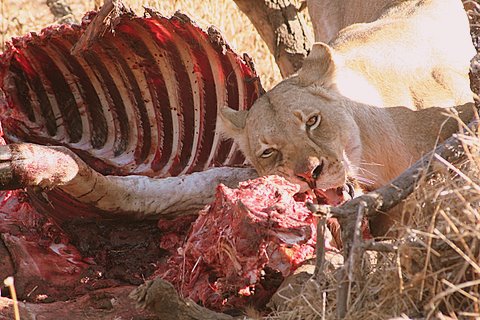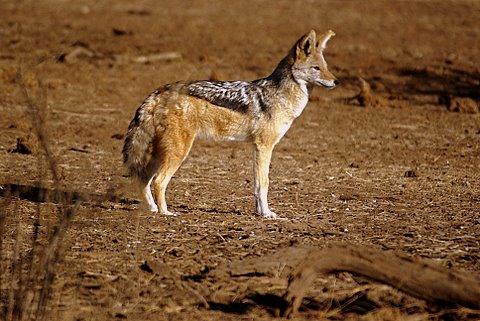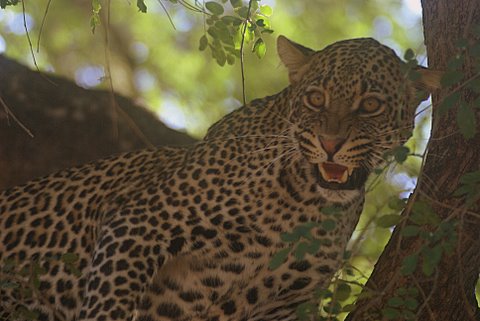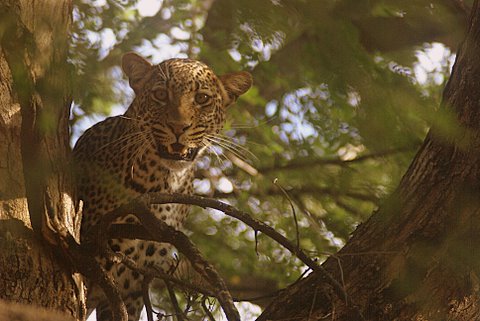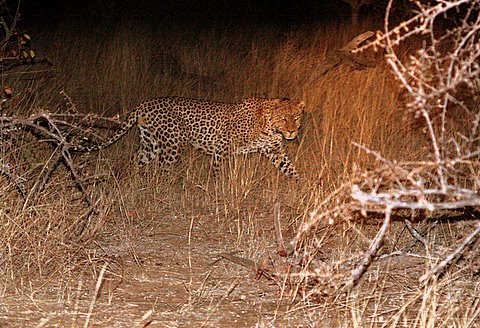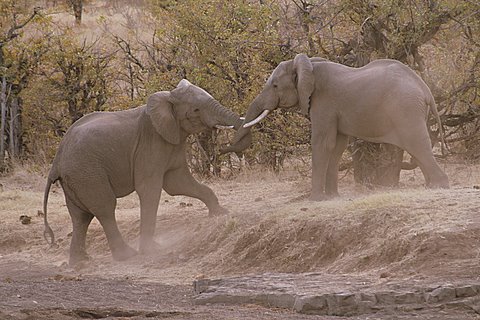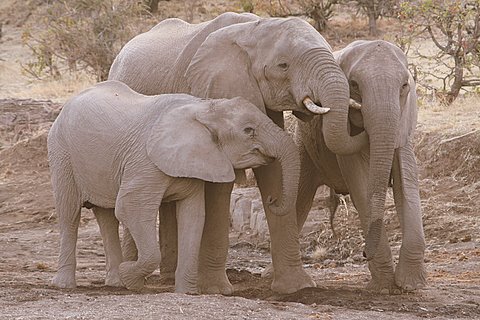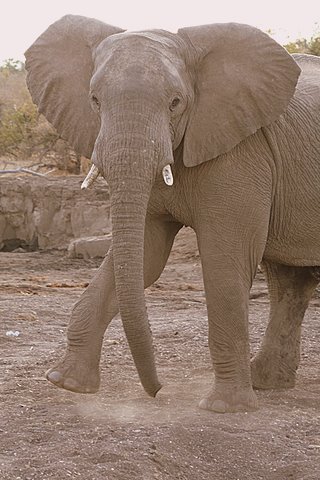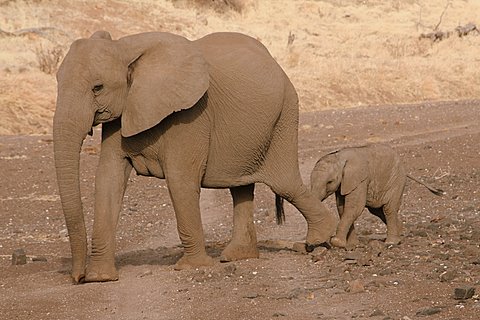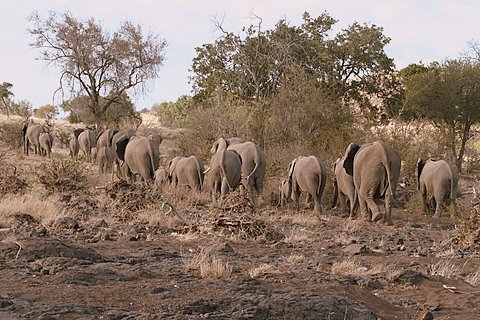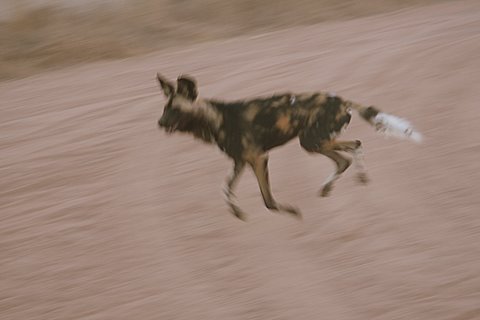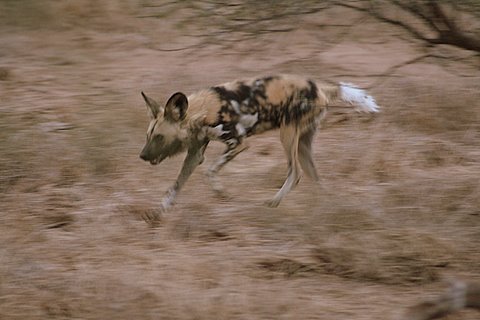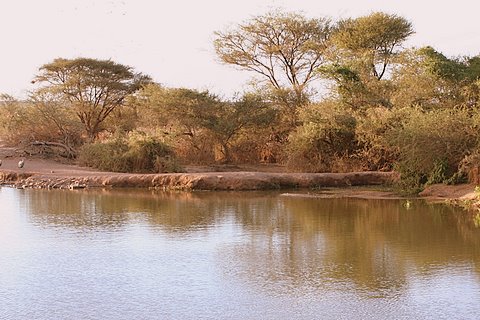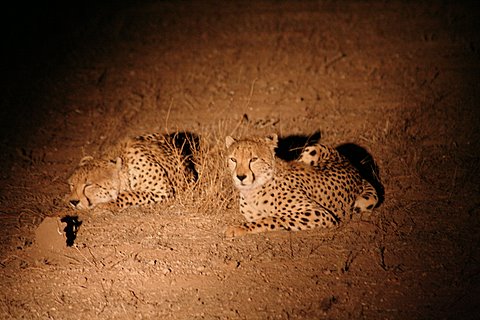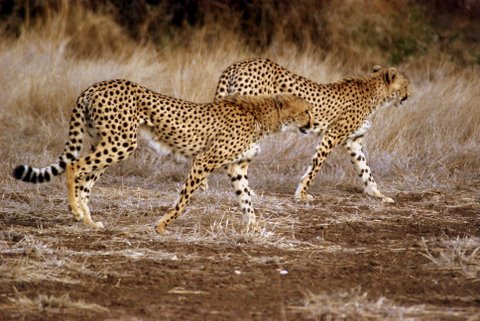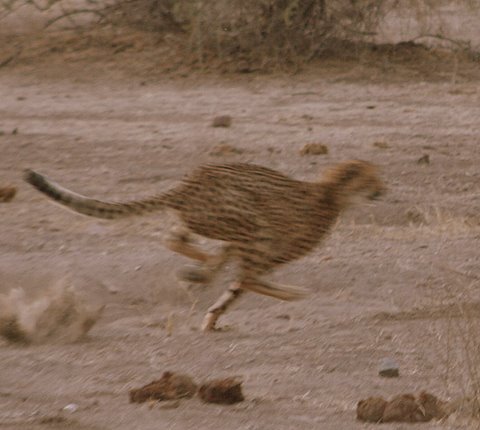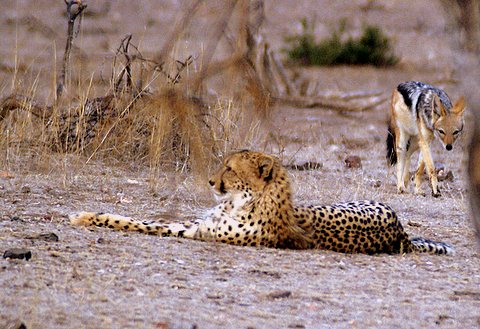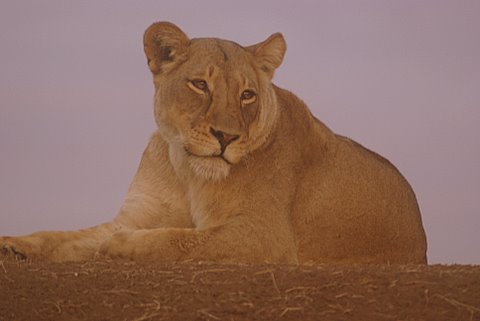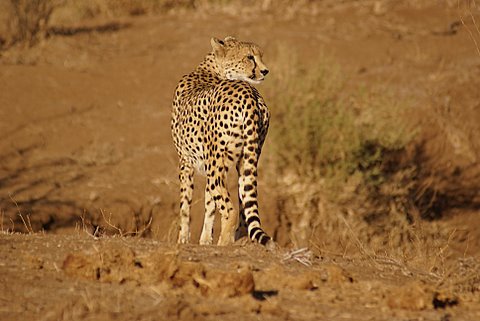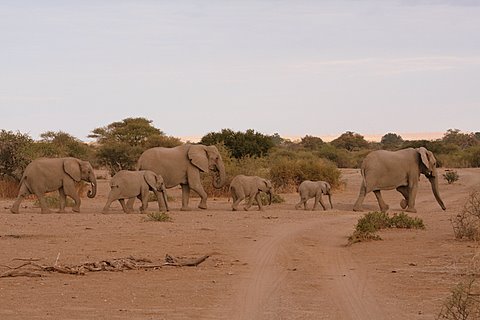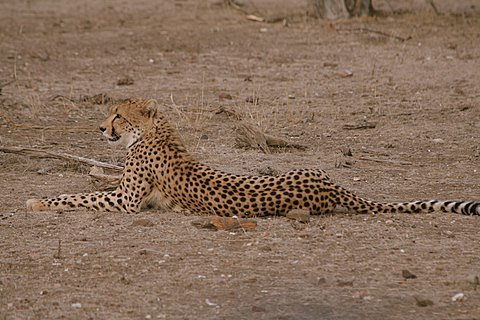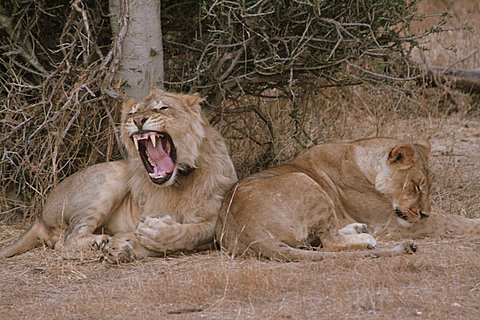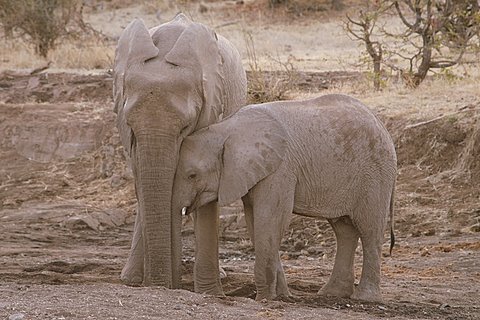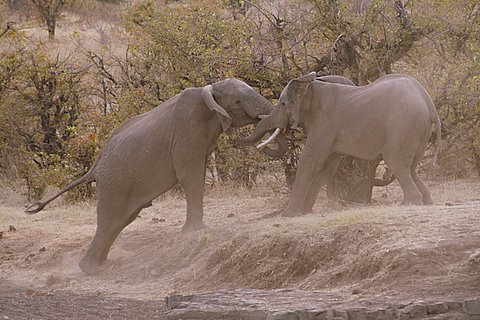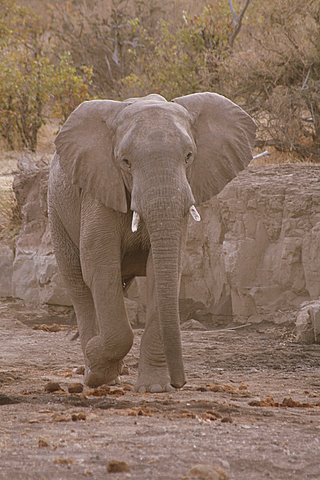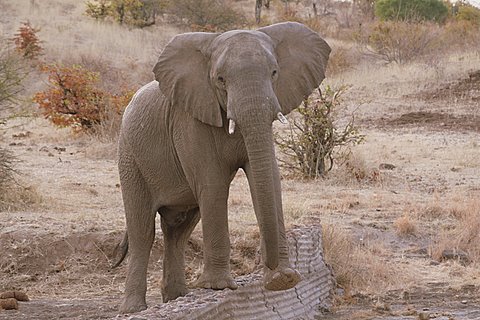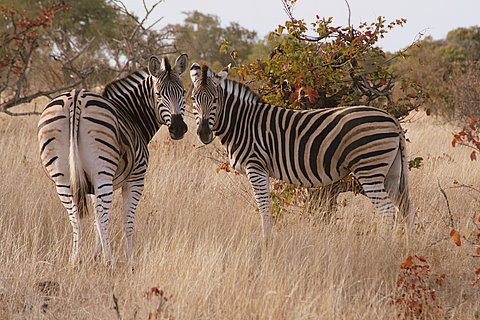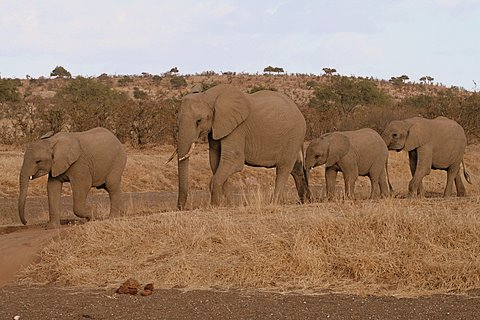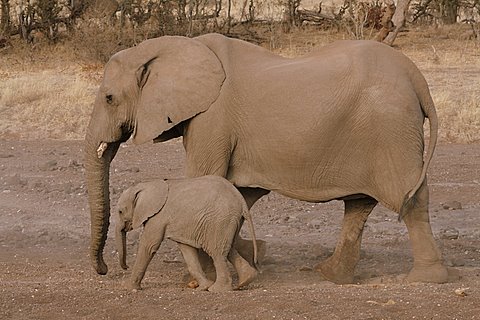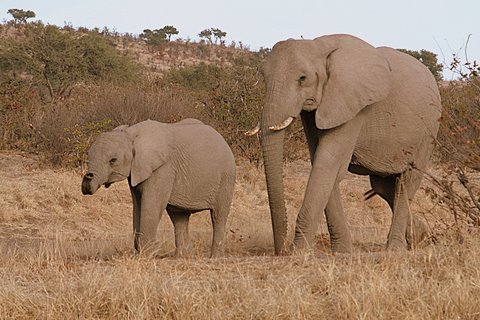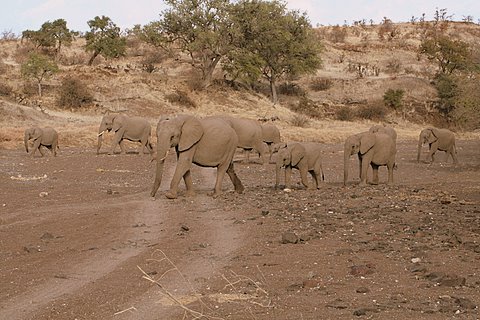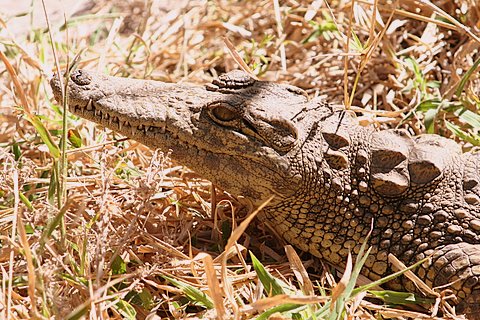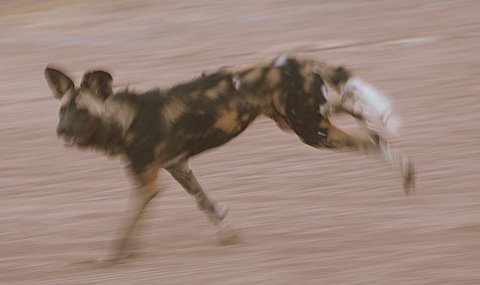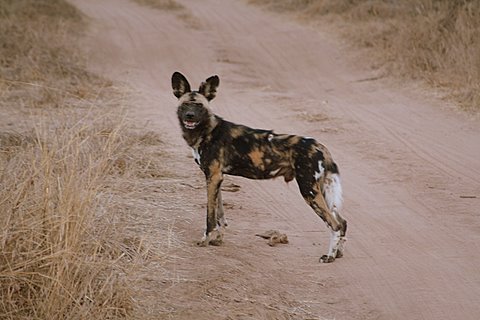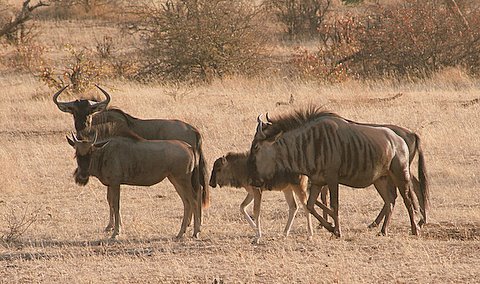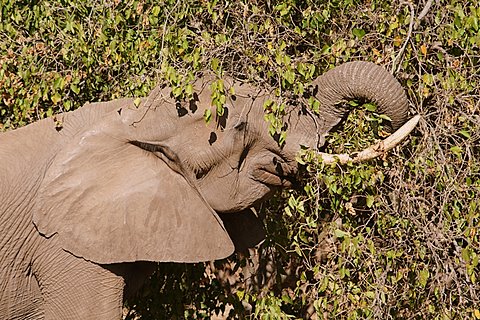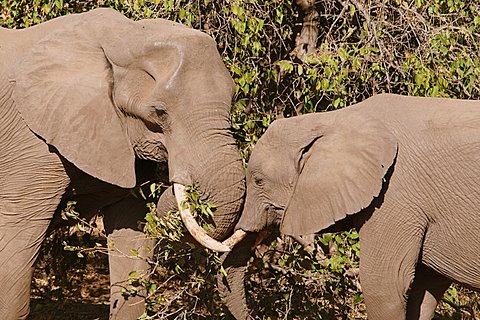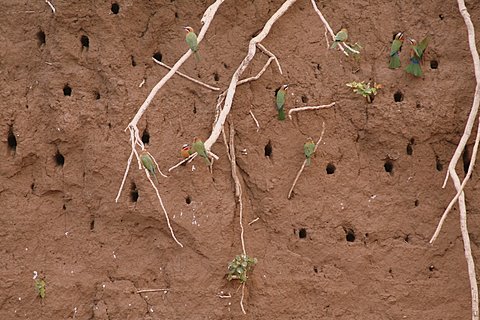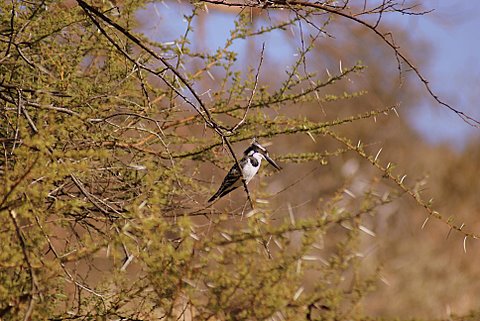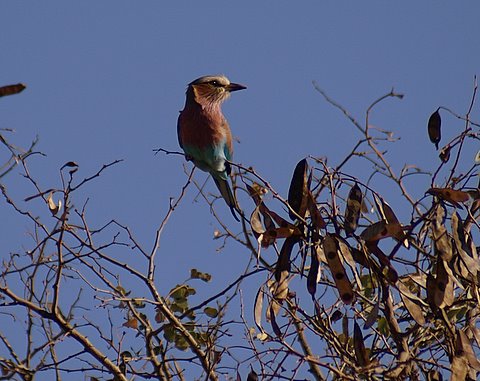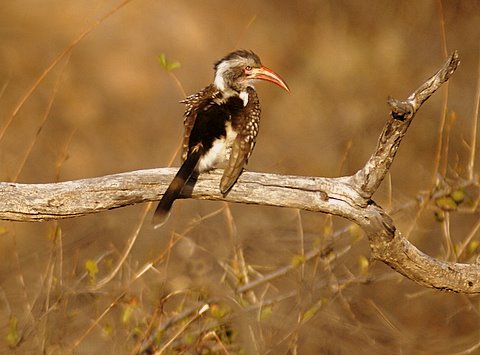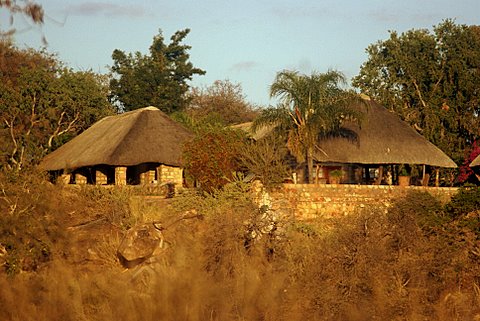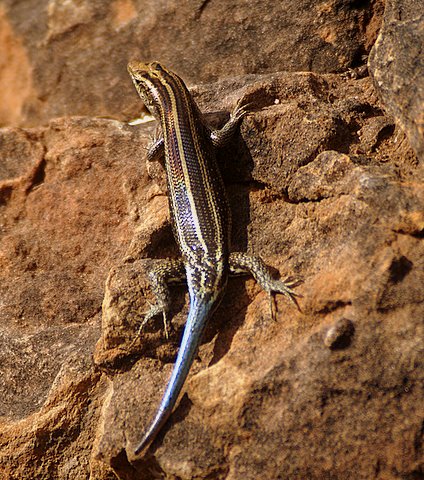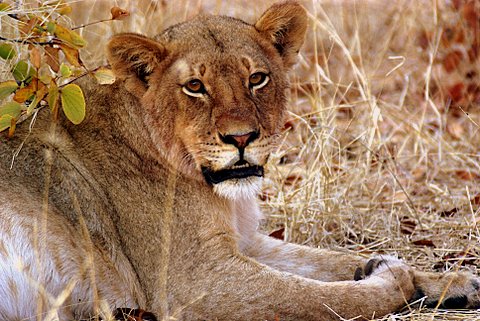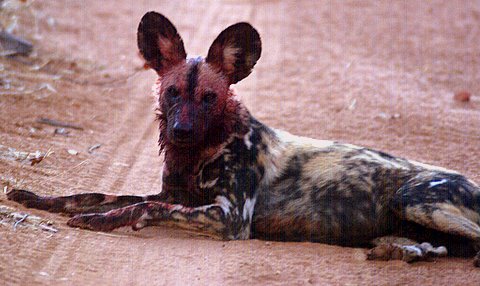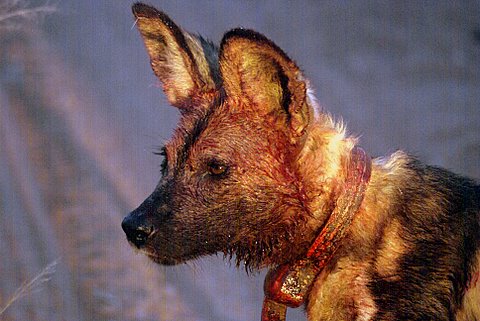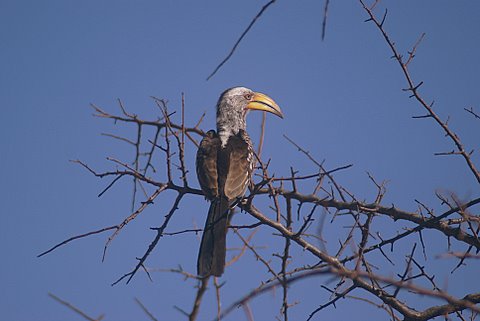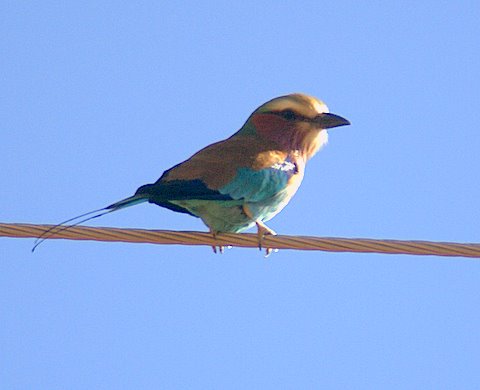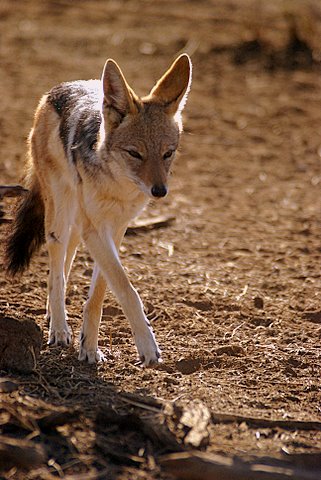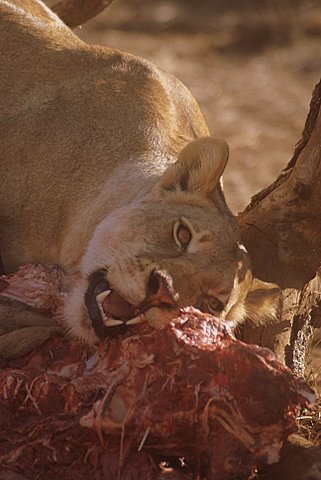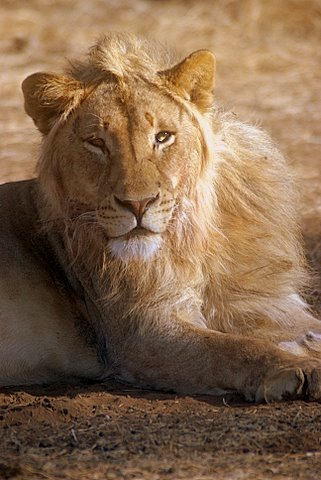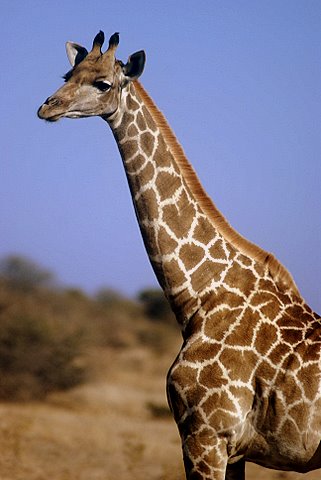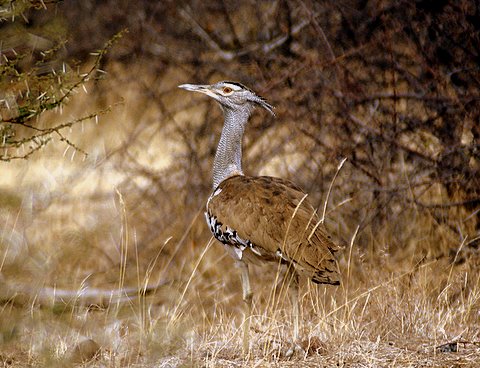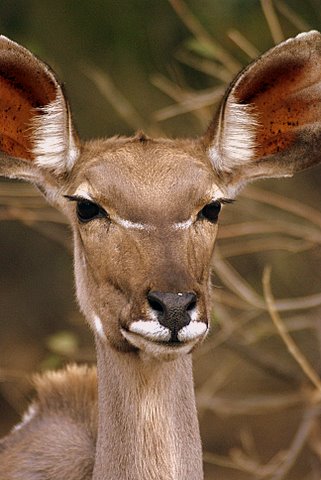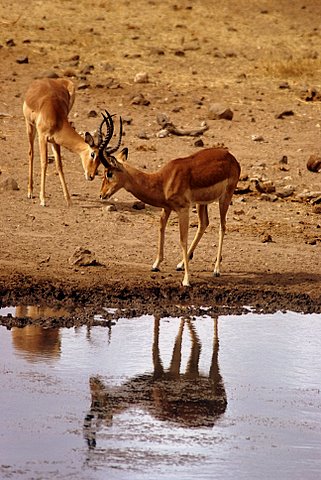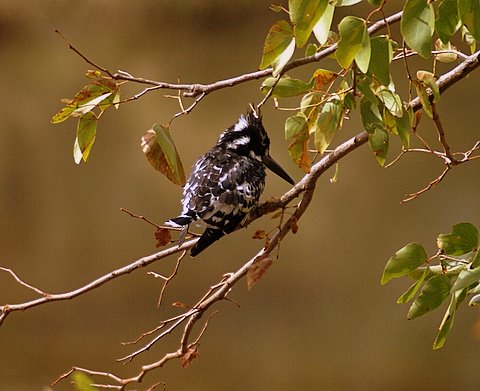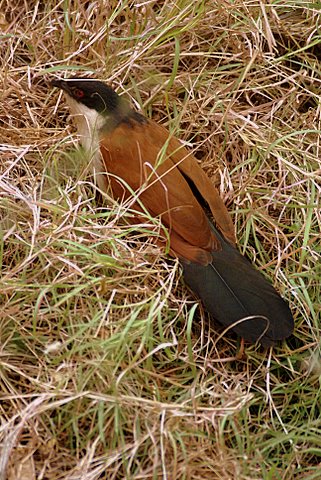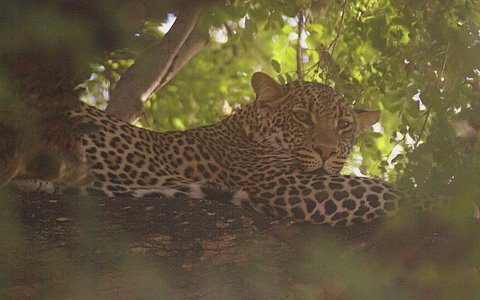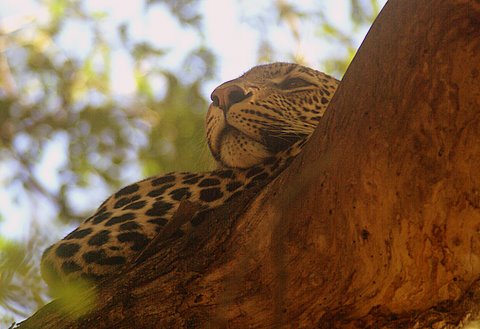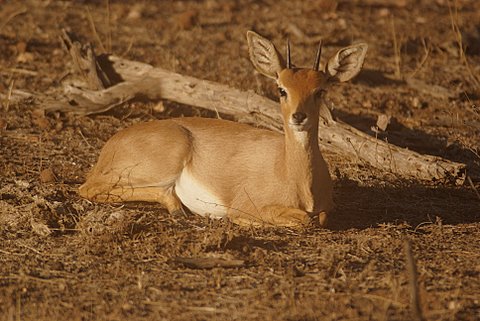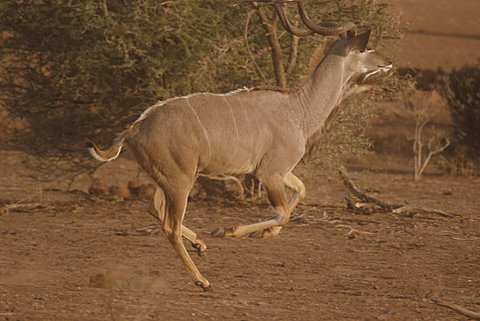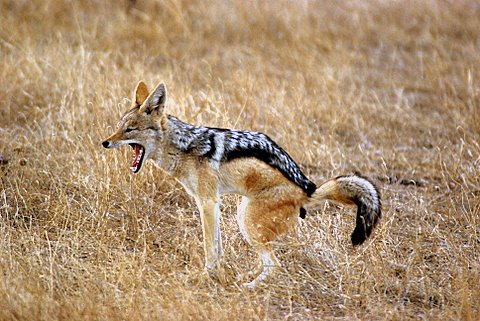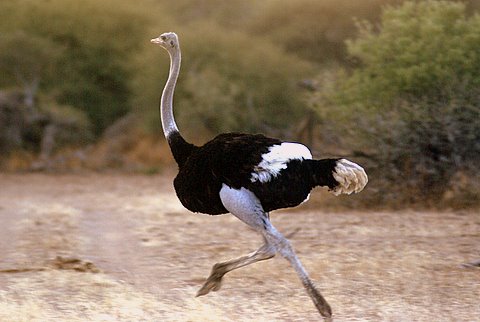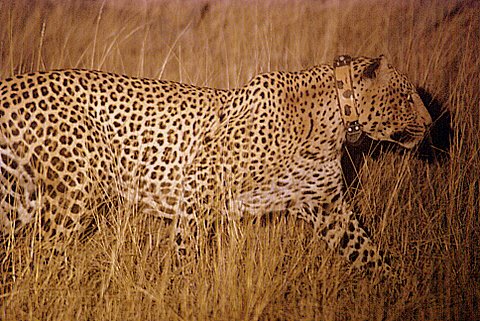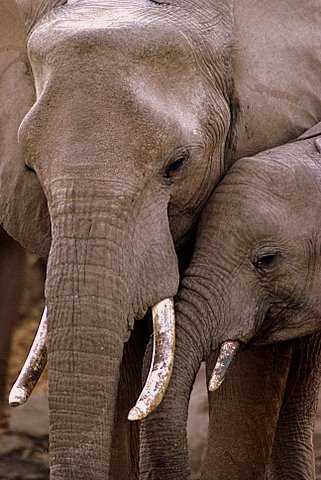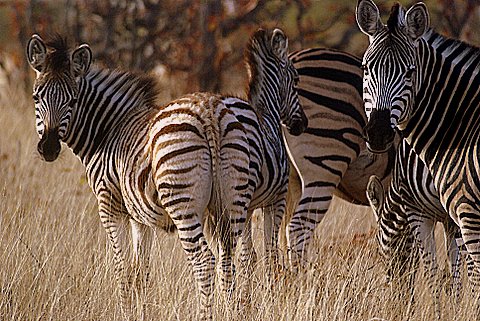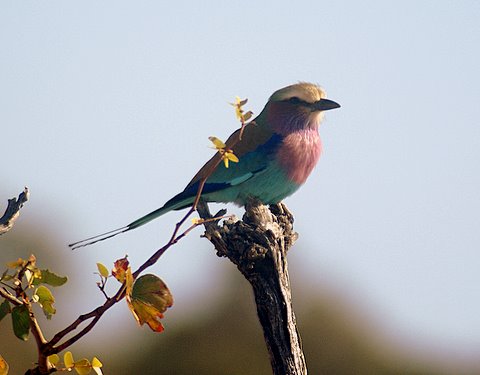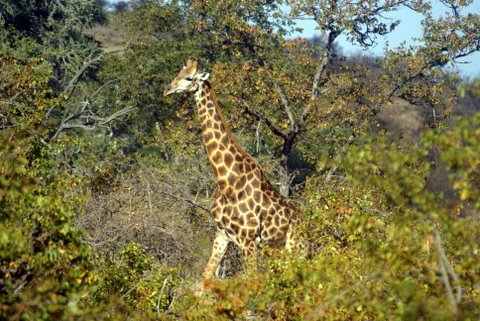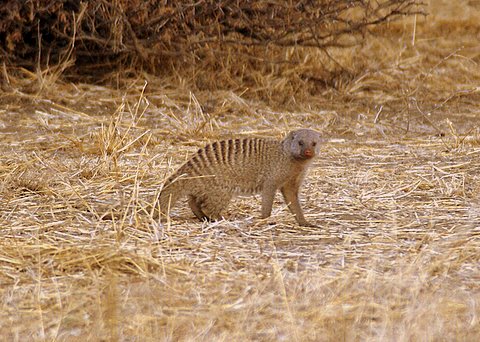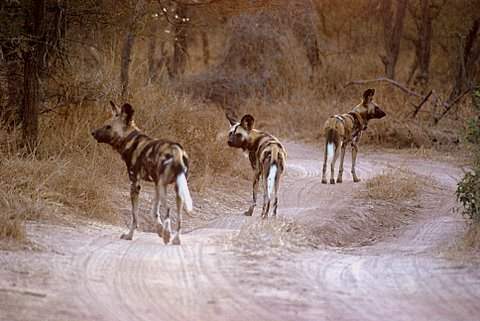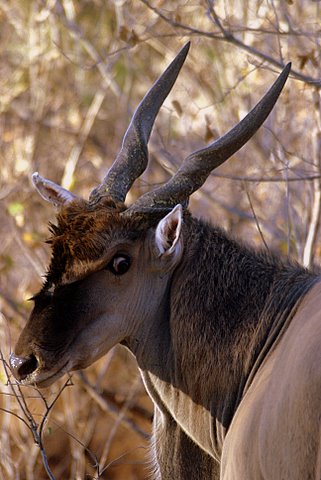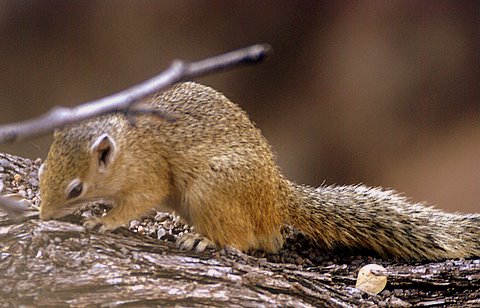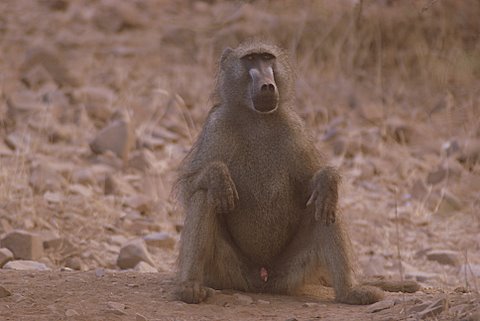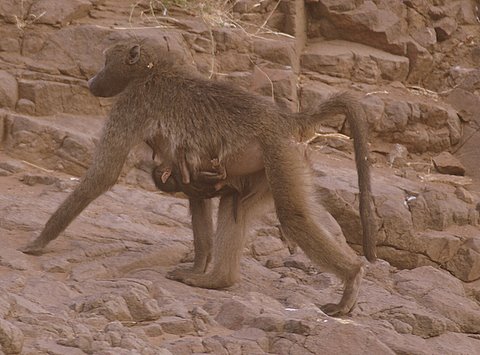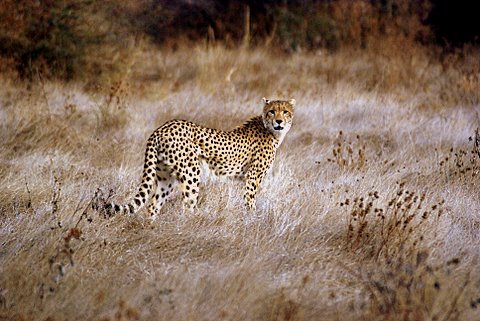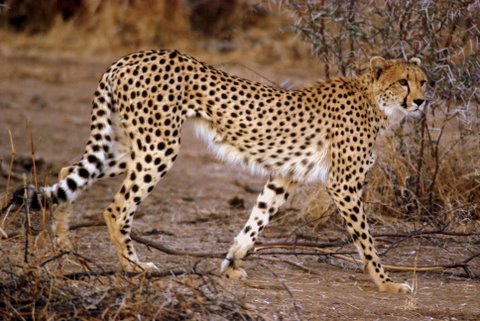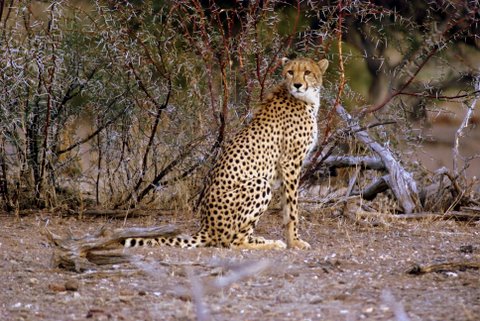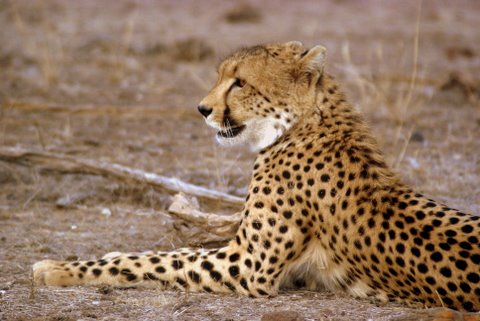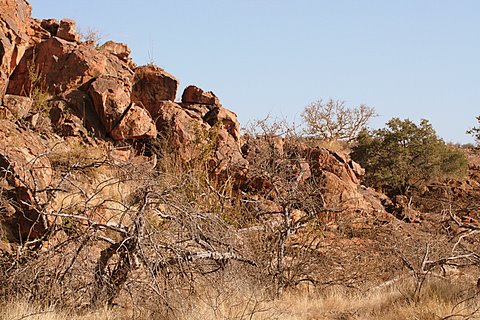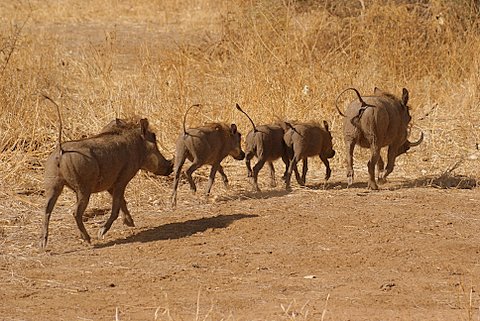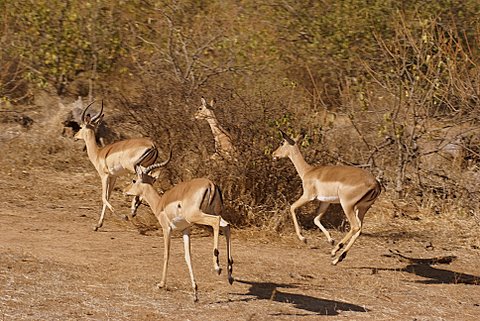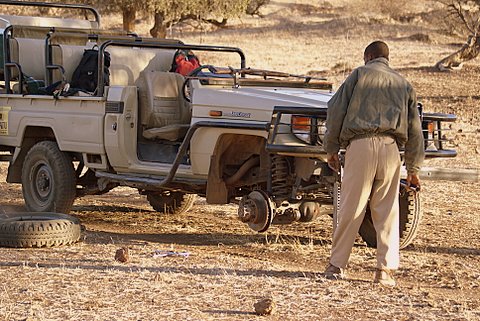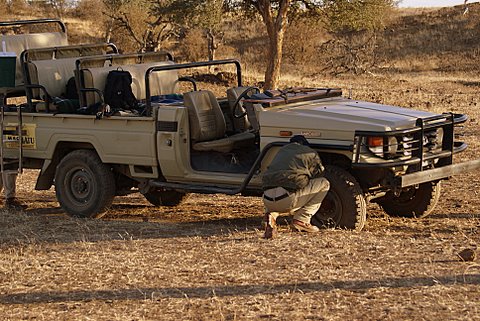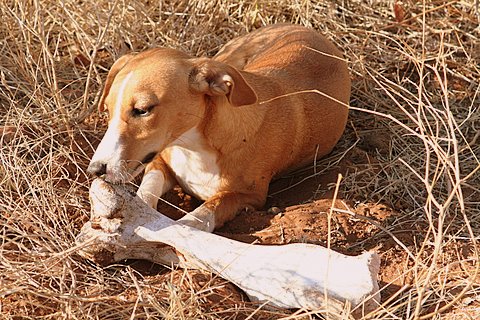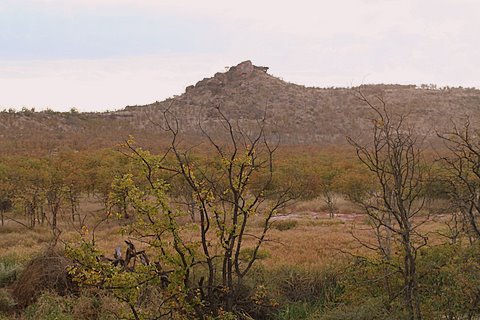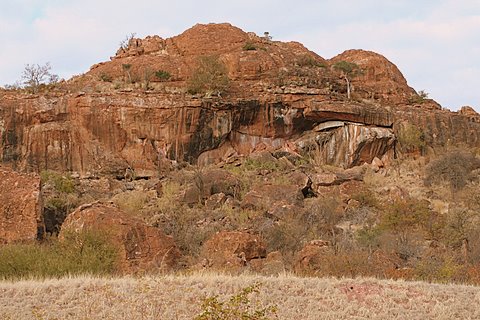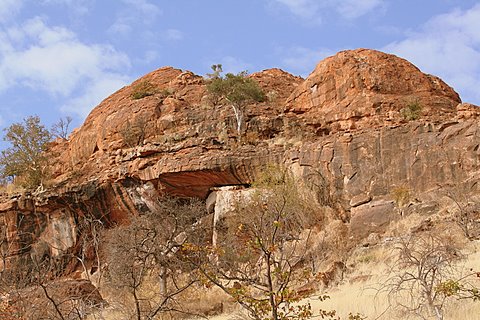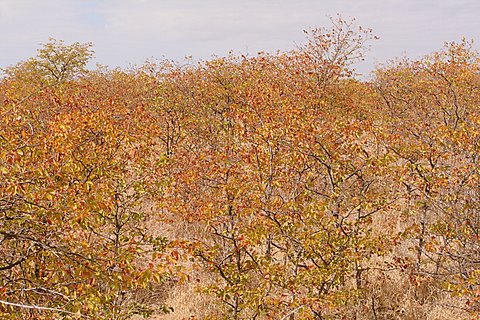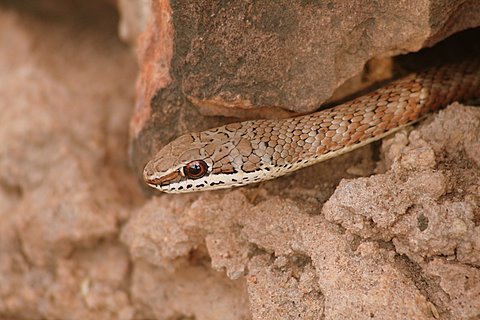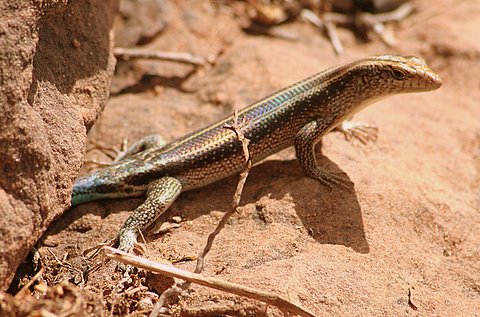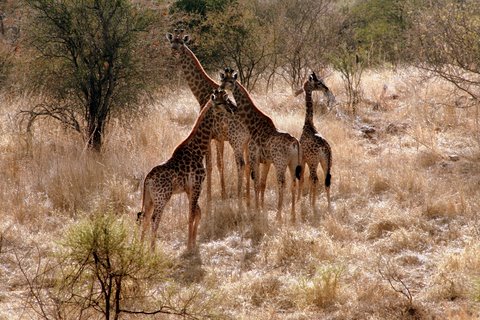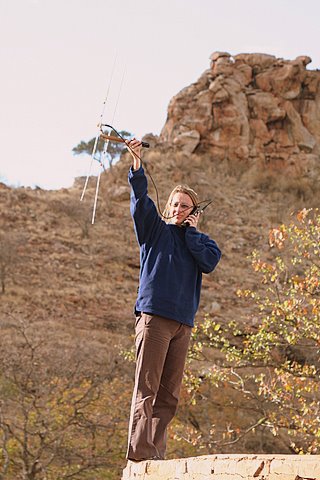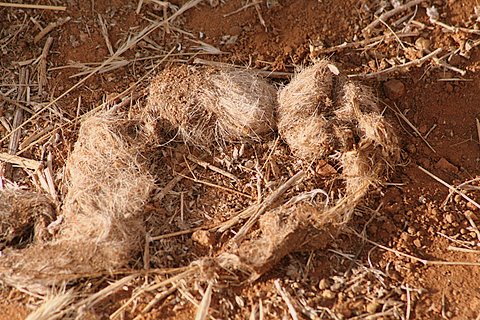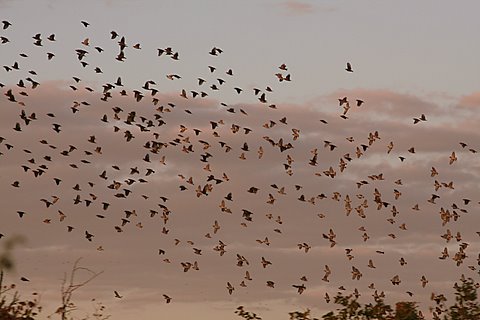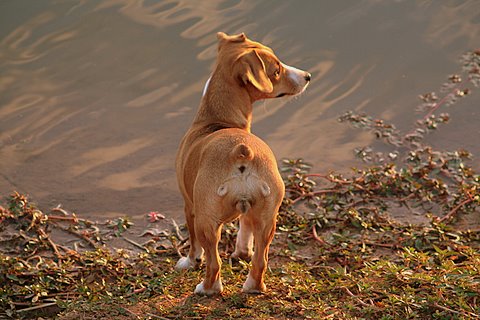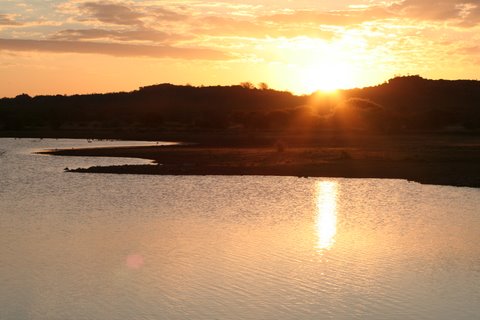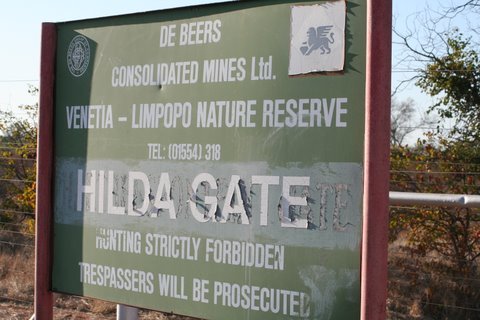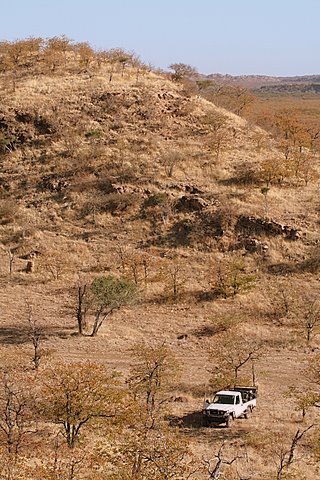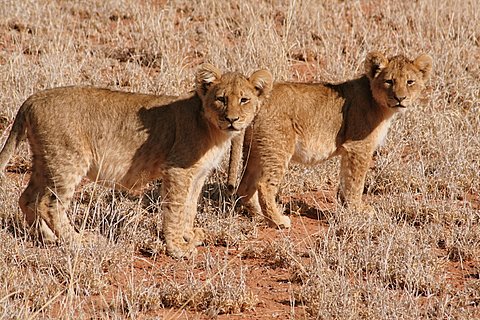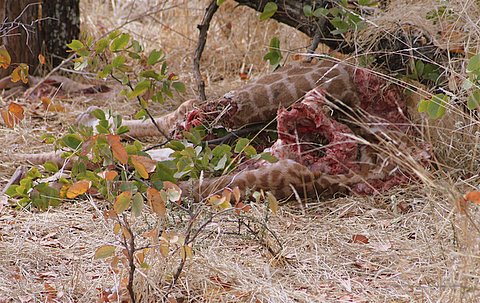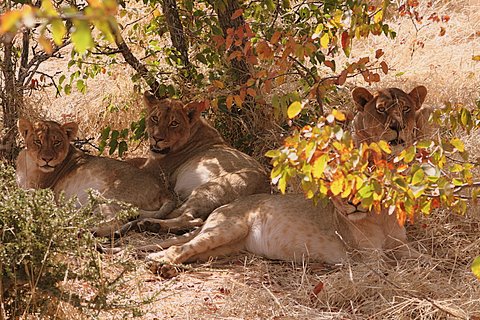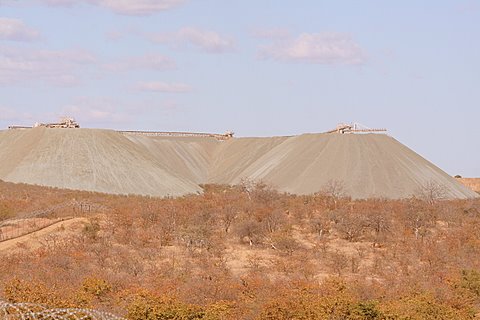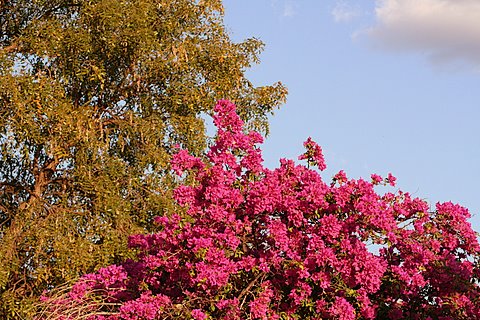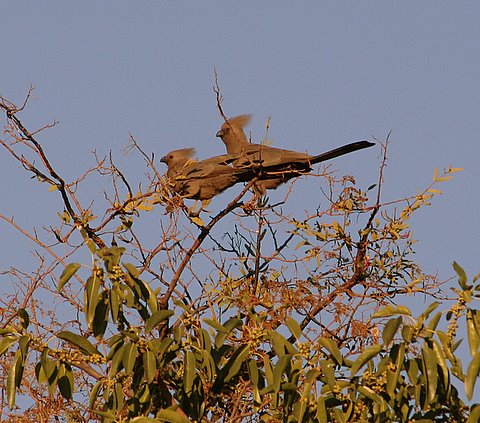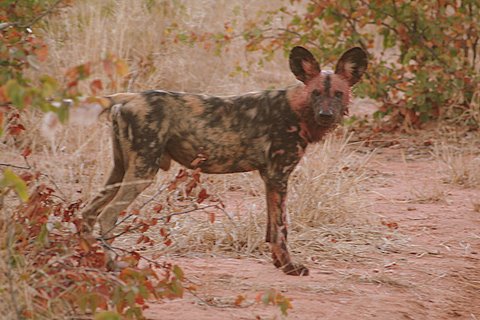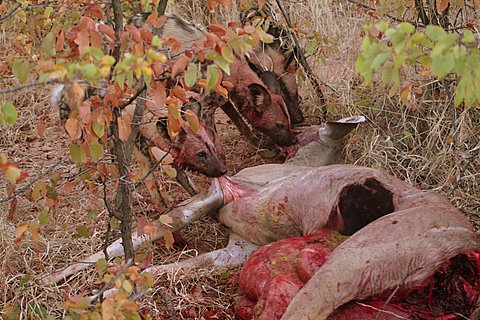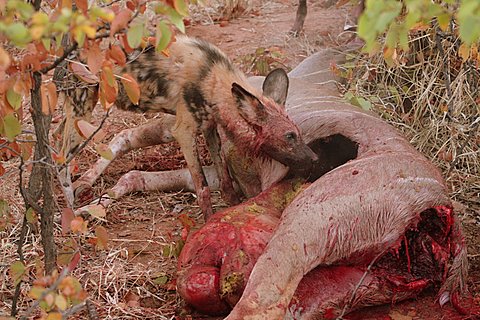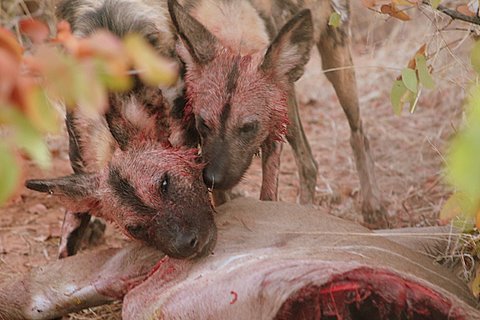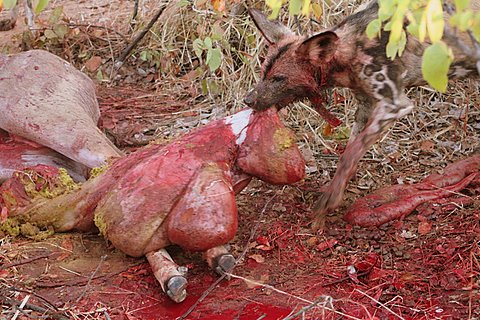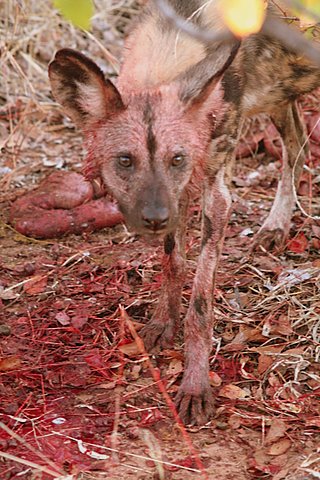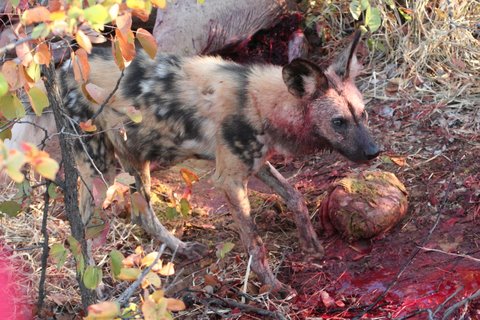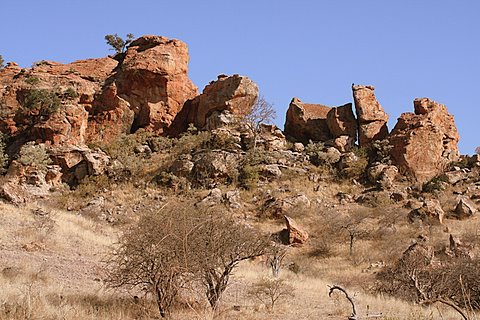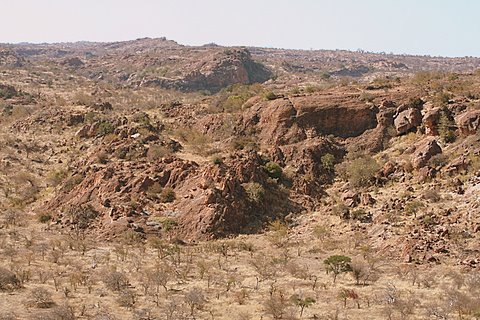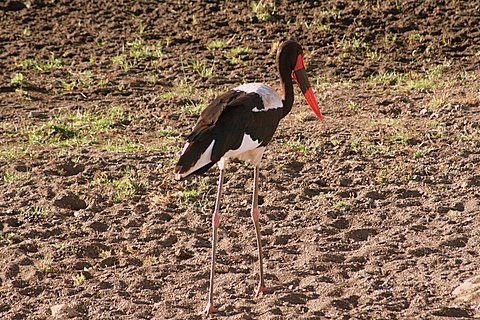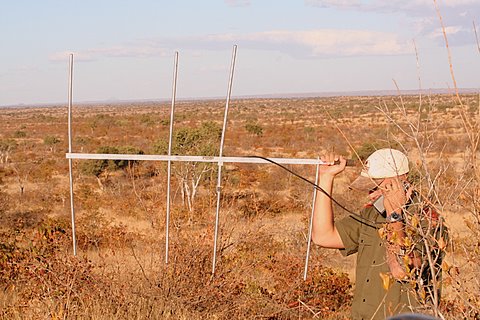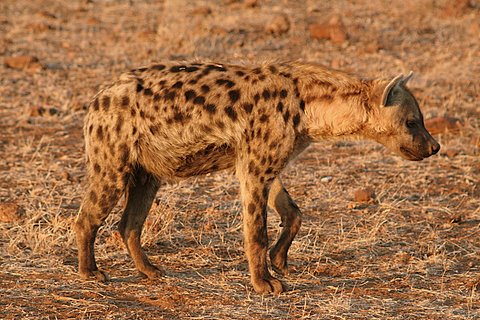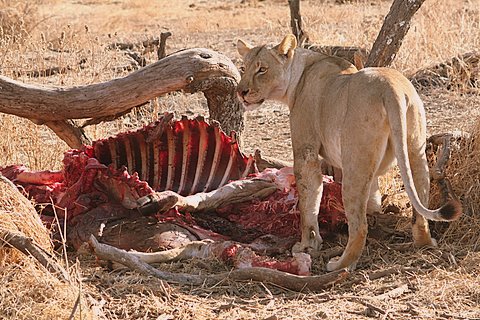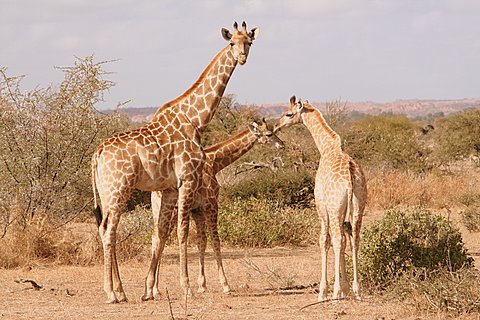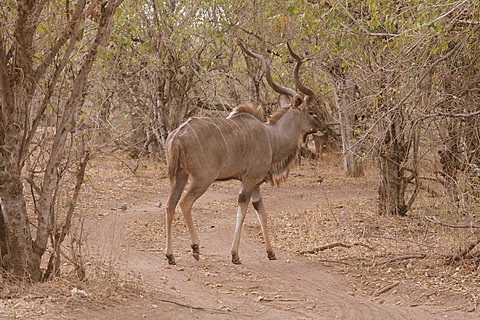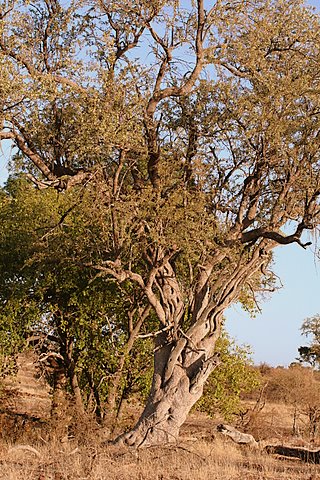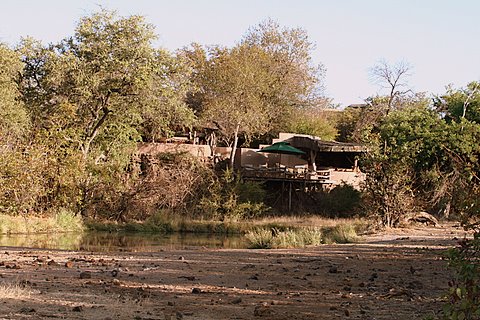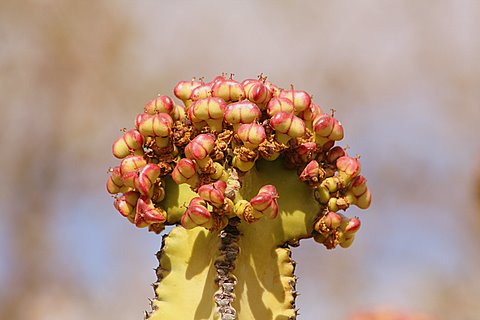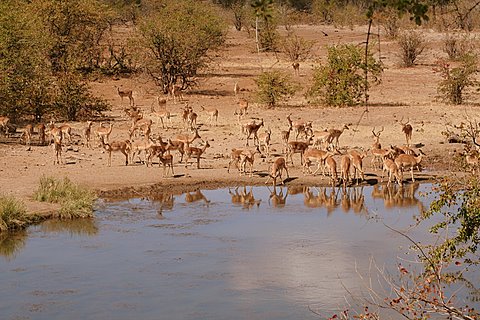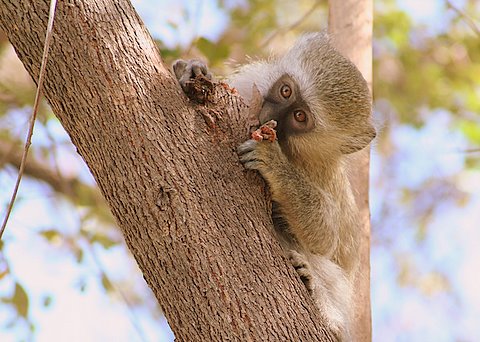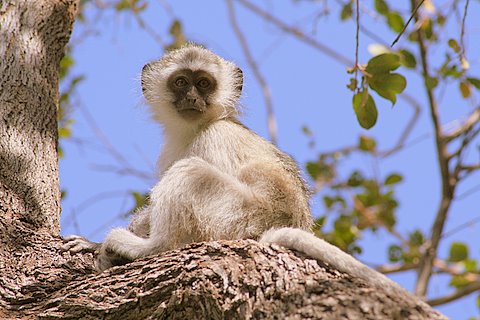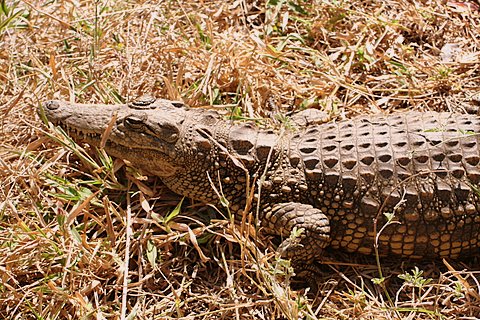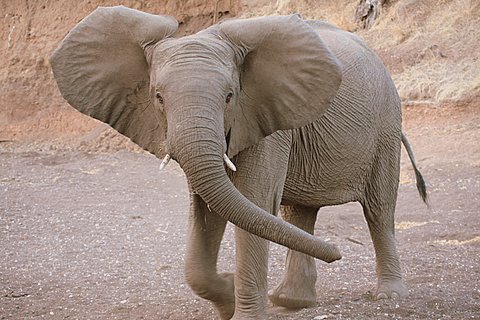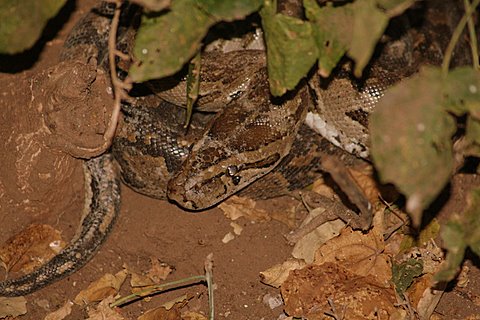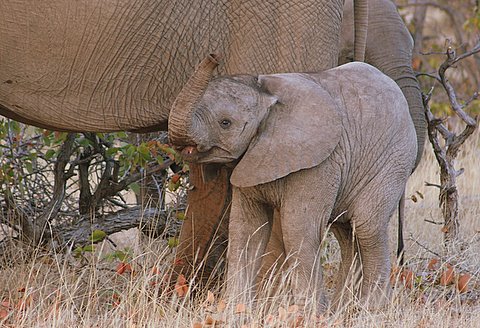Elephant, Leopard and Wild dog Study Tour
The Spirit of Africa
We’ve been looking forward to this trip for a long time, but on Friday, July 18th, we could finally go to our beloved Africa again. This time not the East but we were heading to the South. It’s a privilege to be able to make such wonderful trips every year, but it’s even a bigger privilege to travel with a small group of lovely people and to be able to share the experience and knowledge of the researchers who accompanied us. With a big thank you to the people at Discovery Initiatives for having arranged everything in a great way. This year we would mainly focus on elephants, wild dogs and leopards, but of course we had so many other fantastic sightings and we enjoyed the nature and wildlife so much, it’s hard to describe. I’ll give it a try anyway. Here’s our story and enjoy some of the great photos I took.
After a flight of about 10,5 hours from Amsterdam to Johannesburg we spent the first night at the hotel right opposite the airport.
The next morning we were picked up at our hotel and we met our fellow-travellers. We had quite an international group with us Dutch, three British people, a Swede and a lady from the USA.
After a 5 hour-drive (our driver liked to speed up) towards the border with Botswana and Zimbabwe, we arrived at the private lodge Little Muck. It was situated in the Venetia-Limpopo Reserve, adjacent to the World Heritage site of Mapungubwe National Park.
Little Muck lies at the confluence of the Limpopo and Shashe rivers.
When we were sitting outside near the fire we had a good view over the waterhole and a.o. a few elephants came to drink here in the evening, grunting and rumbling.
After a more than friendly welcome by Cyrintha Barwise, who’s in charge of the lodge and she’s was driving us on our game-drives, Wendy Collinson, the wild dog researcher, and all the lovely dogs who kept us company during our stay, we had some time to freshen up and to have something to drink and eat.
Wendy already told us a little about her work for the wild dogs and about the plans for the coming days. We, in fact esp. crazy about cats, couldn’t wait to get out and see the wild dogs and other wildlife.
We were surprise to find out that Little Muck really was a PRIVATE lodge. Our group was the only one to stay here and also during the game-drives there were no other vehicles and tourists. Now where on earth do you still find a place likes this?
We loved the family atmosphere and the food was delicious! We wouldn’t have mind if we had to stay a bit longer.
Beside the (almost) untouched and rough nature the wildlife makes it even more interesting, esp. the “Venetia-Limpopo Nature Reserve Wild Dog Project”. The “wild dog” is the most endangered species in Africa, so that’s why it’s so essential to do these researches and protect these beautiful animals, trying to prevent extinction. The project involves intensive wild dog monitoring, using specialised field tracking equipment. Even with this equipment it’s hard to track them so we found out during our stay.
During the first lecture about the wild dogs Wendy told us that the dogs haven’t been seen for at least ten days. The den with their litter of pups was hidden high on a koppie, not reachable and visible to people. Even the researchers couldn’t tell how many pups there were.
After hearing this we didn’t want to keep up our hopes too high, to avoid great disappointment if we wouldn’t see any dogs.
The African Wild Dog (Lycaon pictus) is endangered by habitat loss and hunting. The common name “wild dog” was a source of confusion and prejudice. Hearing the name wild dog made people think of feral dogs and therefore lots of them were being hunted and killed. Some protectors and researchers prefer to use the name “painted hunting dogs” though the reference to dogs is still very wrong.
The “wild dogs” are more related to the wolf and not to the domestic dogs. ‘Painted’ aside from being a direct translation of the specific epithet, accurately describes the unique varicolored markings of each individual. Apart from being misleading, continued use of the name ‘wild dog’ does little more than further fuel negative attitude and prejudice which is detrimental to conservation. Wendy said she prefers to stick to the scientific name “Lycaon Pictus”. To avoid confusion I will stick to “wild dogs” in this report.
Our first morning started with a very early wake-up call to have a better chance to see the dogs. They are often very active in the early morning and late afternoon. Another driver was already there to see if the wild dogs were moving and when we arrived we drove to another site of the koppie, from where Wendy was trying to track the wild dogs, using telemetry techniques.
It was very interesting to hear all about how the equipment works, so we could follow the movements when Wendy was announcing the signals out loud to Cyrintha who was driving the car. She was a very skilled driver I must say and thanks to her and Wendy’s experience in tracking the dogs, we arrived just in time to see the four adults when they were crossing the road to go up to the den again.
We were all very excited having seen the wild dogs already on our first drive in the Venetia Limpopo Reserve. In the wild they are even more beautiful, highly patterned. The dogs were very relaxed with vehicles and tourists and they weren’t very much in a hurry to pass which gave us a better chance to take some nice shots.
The same morning we already saw three spotted hyenas which was exceptional so we were told as there aren’t many spotted hyenas in Venetia. On the other hand there are a lot of brown hyenas but we didn’t see any of them. This proofs again how unpredictable trips like these are; which makes it even more exciting.
After having seen the wild dogs we tried to track a male lion, Blade, who should be around together with two lionesses and three 4-month old cubs. Lions are a big threat to wild dogs. The more lions there are, the less wild dogs. Lions often will kill as many wild dogs as they can. For this reason some lions were euthanized in this area. Since then the “wild dog” population was prospering again. Very sad though that people still have to interfere in the wild. “Wild dogs” need very large territories and can persist only in large wildlife protected areas. Less fences on private property and no border-line between South Africa, Botswana and Zimbabwe (ones the problems in Zimbabwe are solved) so that the animals can roam freely between these three countries.
It was hard to reach the lions by car but once again thanks to the great driving skills of Cyrintha, we could cross the bushes, trying not to get hit by the branches with thorns. We made a lot of noise so the lions already heard us coming and tried to get invisible behind some bushes. We saw three cute little cubs, a pair of eyes of the male, Blade, and the two females weren’t happy at all with our presence and showed their teeth. After we turned down our engine and sat there quietly for a while they were more at ease. The lionesses went to have a rest, the cubs played a bit and Blade kept a close eye on us. Every time we moved, he held his head high to let us know he was still watching us. A beautiful male he was for sure.
The other group of lions, two lionesses with some older cubs, were found eating a baby giraffe. When we arrived they just finished eating. We sat down for a while to see the lions resting with their bellies full. By the time we were leaving one of the lionesses went back to the kill and started eating again, or at least she pretended doing so, as she probably was afraid we would take a bite.
A “ghost” that was chasing us all the time (esp. one of our fellow-travellers) was the one of elephant Pam. The matriarch who happens to charge on vehicles every now and then. She’s the matriarch of a big herd, with lots of orphans. One evening when we were tracking the dogs who were hunting, Wendy got a signal. The signal leading to the dogs dropped at the same time so they would probably “tease” the elephants who would get even grumpier because of this, so we didn’t want to meet them in the dark with no way out. The best thing to do was getting out of there as soon as we could, so we did. Having never actually seen Pam once, she was “the joke of the day” and a nightmare to one of us at the same time!
One evening we got some lessons in skulls. Wendy did collect a few nice ones of lion, cheetah, jackal, baboon, etc. We had to pick the right skull and connect it with a photo of the right animal. Wasn’t as easy at it seems. Yes the lion was! It was also interesting to see photos of the way the animals were darted to examine them or to place a collar.
Before leaving Little Muck to go to our next destination, Mashatu Main Camp, we decided to try our luck again and try see to see the wild dogs one more time. Unbelievable, but we were so lucky again. We arrived just in time to see the adult dogs feeding on a fresh kill, a kudu who wasn’t that fortunate this morning.
We were already amazed by the social skills of these fascinating creatures, but we were surprised again to find them taking turns in feeding. First the two females, alpha female Stellar, and Fender, were feeding so that they could return to the den soon after. When they finished eating, alpha male Budzatje, and the one year old Rory, started eating. At times they were harassed by jackals so they chased them away.
When they finished eating we also left, heading for the Mapungubwe National Park. We were told that we couldn’t leave without having been at the Confluence to have an amazing view over three countries South Africa, Botswana and Zimbabwe. On our way there I happened to ask if there are many rhinos in this area.
Wendy told me they haven’t seen one in ages. Well, lucky us, as right after she said this we passed one. And it’s true, an amazing view we had at the Confluence Viewpoint. After the great view we departed for the Botswana border, where it was time to say goodbye to Cyrintha, Wendy and the dogs. They made our stay at Little Muck very memorable.
After some border formalities and a short walk from the South African border to no-man’s land there was a special cable car crossing to Botswana. On “the other side” we were met by a Mashatu guide who took us to the Mashatu Main camp in the Mashatu Reserve. On our way there we saw lots of impala’s and other wildlife and it looked very promising for the coming days.
We got a hearty welcome, though more business-like than at Little Muck, so we needed some time to adjust to our new place. The lodges were great and it was very welcome after the long day out to freshen up a bit. We were told to meet at 3 a.m. for “high tea” and a first game-drive at 3.30. We were met by Jeanetta Selier, who heads up the Central Limpopo River Valley Elephant Research at Mashatu Game Reserve.
She already started talking enthusiastically about the elephants and her research project. She also introduced the next week’s activities to us. The first game drive we were going to track leopards with Andrei Snyman who’s focused on studying both lion and leopard populations (The Northern Tuli Predator Project) in this region.
After some brief information on Andrei’s part about his involvement in this project, he started tracking “his” leopards. After a long drive we tracked a female leopard who run away the moment she set eyes on us. In the tree there was a carcass of a steenbok, so she definitively would return to this tree.
We would have loved to stop the car and just wait quietly, as to not disturb her and have a better chance of seeing her. Instead we drove off and Andrei told us we would come back in the dark, as leopards are always more relaxed then.
We drove with no purpose until it was time for “sundowners” (drinks). After this we returned to the tree where we have seen the leopard. She was supposed to have a cub but it was nowhere to be seen. She was in the tree now trying to eat some of our kill. She wasn’t relaxed though with our presence and the spotlights on her, so she went down again and disappeared. The way she was being “chased” then we didn’t like one bit, so we were glad it was over and that we returned to the camp. It was a short glimpse but better than nothing.
The next morning we were accompanied by Andrei again. This time he would track the lions for us. There are not many lions left in this region. The biggest problem is (trophy) hunting. Lots of male lions are being killed. Their head is being taken as a trophy. Having not enough male lions around is a threat to the population. Besides, killing male lions disrupts the existing prides.
It took us a long time to track the lions. We had to rush by all other animals, like some elephants we passed, as we had to rush to the lions. By the time we got there the lions (two males, one with a collar, and a few females) just finished feeding on an eland. We were surprise to see another vehicle with tourists. The first time we’d seen one at a sighting during this stay.
When jackals were trying to get some leftovers one lioness started eating again and she didn’t want the jackals anywhere near the kill. We expected to stick around a bit longer to observe the lions and to get some further information, but instead we were rushed off again back to camp. Brunch was waiting for us again and always welcome after an early game drive.
Also here at Mashatu Main Camp there weren’t as many tourists as we expected. But by the time we were leaving this was going to change. Seems we were lucky again having picked the right time to be here.
After brunch it was time to relax a bit and have a siesta. The afternoon drive we were going to track a leopard again with Andrei. His plans were changed though, so we found out at the last minute, so we had a game-drive without a researcher “on board”. Our driver Eric and the guide Morgan did very well though as we had a good sighting of a leopard in a tree.
A young male who certainly wasn’t happy to see us, and he instantly showed us his teeth. He was a bit curious though and observed us for a while from a higher branch and when he decided he still didn’t trust us he went up a bit higher before lying down completely relaxed again. We stayed for a while and it appeared to be our best leopard sighting of this trip.
Having a nice walk with Paul the next morning added a new dimension to the trip. It was great to take more notice of what was around us. Learning more about identifying spoor (Wendy already told us a lot about that), the different trees and plants. It’s unbelievable just how inter-related everything is in nature. You never really stop to think about this, so this was a great way to become more aware of this.
Searching for another leopard with Andrei started with high expectations and a long drive again, finding a leopard again who didn’t want to be seen. Same story as before we drove off to come back later as he would probably be more relaxed in the dark. Eric got a message that a python was spotted so we hurried there to try and see it. We met two elephant sisters. The older one wasn’t happy with us in the middle of her and her baby sister, so she “charged” a bit and made a trumpet sound. She ran to her little sister and we were happy that her mother wasn’t being alerted by her call.
After sundowners we went to search for the male leopard again and we found him on the ground. He was more relaxed and moved a little, sniffing the ground, probably a leopard with a mission: finding prey.
The next game-drives Jeanetta joined us. We came across some nice herds. It’s an awe-inspiring moment to sit down near a big herd with elephants, very big ones and very small ones. Great to listen to Jeanette’s stories and to share her knowledge about the elephants. She told us it never bores her to watch elephants as they are so funny, not intentionally but they just are. Now we know what she means by that.
The baby elephants trying to keep up with the older elephants, the young males having a play fight and the younger elephants, like one young bull who was trying to impress us. Poor boy we were just laughing at him.
We spoke about the intelligence of the elephants. Jeanette told us they can recognise themselves in the mirror. Also, I find it always very touching to hear how the elephants grieve when an elephants dies. The social structure of these animals is amazing.
There was also time to discuss controversial issues surrounding elephants with Jeanetta, the role of CITES, elephants in captivity and managing the ever- increasing elephant herds. Did they use to think elephants destroy all trees and forests, this doesn’t seem to be the case after all. Killing elephants means there will be born even more elephants, so that’s not the way. It’s very interesting to hear this information and to have a discussion about it.
At a start of one afternoon drive a steenbok was crossing the road right before our car. This means good luck so Jeanetta told us. And good luck we had as we witnessed a pack of wild dogs chasing an impala. We didn’t see the actual kill but it was great to see both dogs and impala’s running like athletes.
The den with the litter of pups was also hidden away and no one was allowed to come near the den. We didn’t expect to see any more wild dogs so it was a nice add to all the great sightings we already had of the wild dogs.
We also paid a visit to Pete’s Pond with the live webcam of National Geographic. Not much action at the pond when we were there but we certainly enjoyed some footage we’d seen before, like “elephants vs wild dogs”.
Our wish to see some cheetahs came true. Two brothers had been spotted so we rushed off to see them before returning to camp, later than usual, just in time for dinner. But to see some cheetahs we wouldn’t mind skipping dinner for one time. It seemed we weren’t the only ones being late. The brothers were resting a bit and didn’t seem to mind the vehicles and tourists watching them and shining lights on them.
Jeanetta showed us a video of Cheetah Conservation Botswana (CCB) to inform farmers and local people that cheetahs aren’t too bad and that there are so many other ways to keep them away from the cattle, other than shooting them. After seeing the video we shared our thoughts about it with Jeanette.
At lunchtime we were joking and “ordered” a cheetah chase for our last game- drive. I’ve been lucky a few times before in Kenya to see a cheetah running at full speed, so I knew for sure the rest of the group would love seeing this too. Of course we didn’t really expect seeing this as it’s not like you happen to see a chase every day. But, we met the two cheetah brothers again, during daytime now, and we followed them a bit when they were walking great distances. At one point we were waiting in open space as we lost sight of them. One time we blinked with our eyes and then all of a sudden, we were completely taken by surprise, a steenbok antelope was passing our car, followed by the two cheetahs, both at full speed. A moment of great adrenaline, not only for the cheetahs but for us as well.
It was too unexpected (like it always is) to take a good picture. Too close for a big lens so I had to change cameras first and didn’t want to miss anything. Managed to catch a bit of the action though a bit far and blur (so real action), but still … The best of wild life to see a cheetah chase! Unfortunately the brothers almost collided and the steenbok could get away. Sad for the cheetahs but an unforgettable moment.
A jackal noticed the action and already came to see if there was something to eat (or steal). But there wasn’t. The cheetahs needed a rest and we chatted on until we heard some lions roaring. We saw the lions almost at the same spot as previous time. Two of the lions, male and female, disappeared together so they probably wanted to have some privacy to mate. Understandable or course!
Unfortunately our great trip was coming to an end again. We decided to have a final short drive while going to the border again. We had some nice sightings of a female cheetah and an elephant herd. After some border formalities we were picked up by our driver who would drive us back to the airport. Time to say goodbye to the group. Always sad in a way that it has to come to an end, but we have such a fantastic time to look back to. I hope this report reminded everybody what a great time we had.
In this way I would like to say thank you to Cyrintha, Wendy and Jeanetta for sharing their knowledge, experience but above all great passion with us, to Mandy for having arranged the trip so well and of course to our group: it was lovely to travel with you all!
Text and photos Copyright: B. de Jonge
Also visit www.discoveryinitiatives.com

